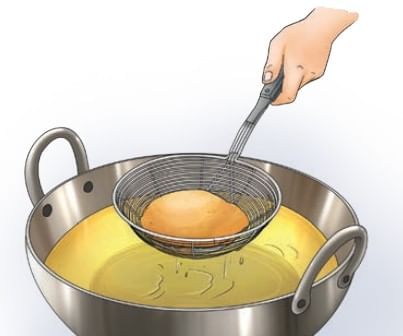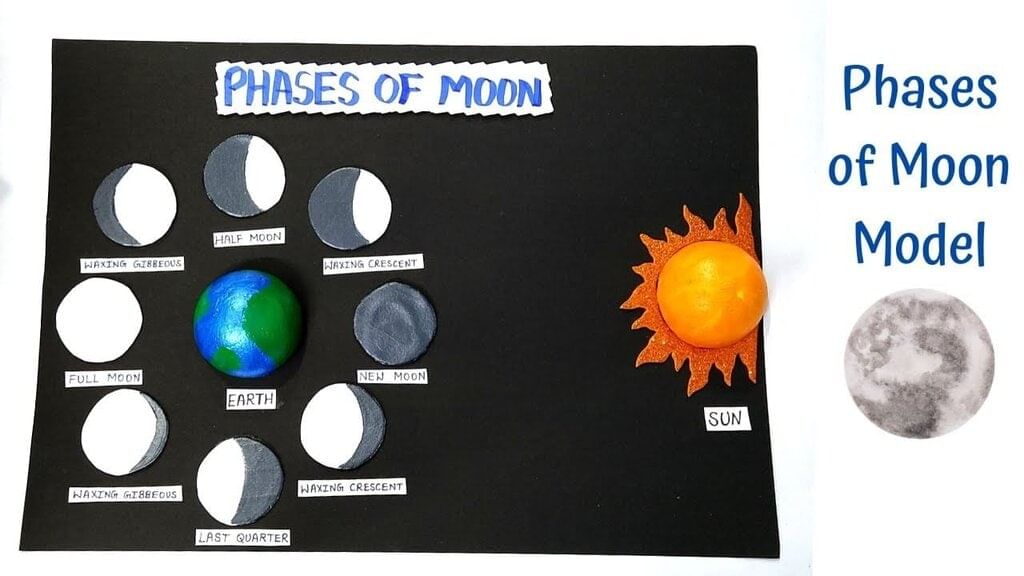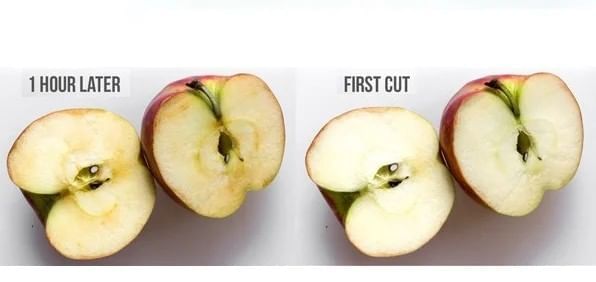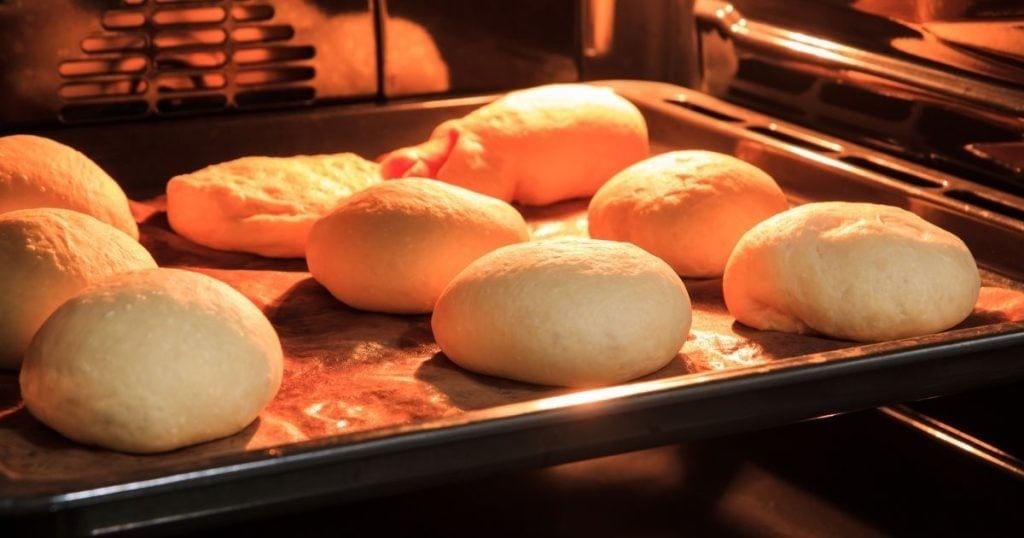Short and Long Answer Questions: Exploring the Investigative World of Science | Science Curiosity Class 8 - New NCERT PDF Download
Short Answer Questions
Q1. What is the difference between an observation and an inference in science?Answer: An observation is what you notice using your senses or tools, like seeing a puri puff. An inference is a logical idea you form from observations, like guessing that hot oil makes steam inside the puri.

Q2. Why is a fair test important in experiments?
Answer: A fair test keeps conditions the same except for the one thing you change. This makes the results trustworthy and helps you find the real cause of the outcome.
Q4. What is the role of a hypothesis in an investigation?
Answer: A hypothesis is a smart guess that explains what you think will happen. It gives your experiment a clear focus to test.
Q5. How does keeping a science journal help learning?
Answer: A science journal helps you record steps, drawings, and results clearly. It also lets you review and improve future investigations.
Q6. Why is collaboration important in scientific investigations?
Answer: Working in teams helps share ideas, divide tasks, and check each other’s work. Collaboration often leads to better solutions and fewer mistakes.
Q7. How do safety rules support scientific work?
Answer: Safety rules protect us from harm while experimenting, like keeping hot oil away from water. They also prevent damage to materials and the environment.
Q8. What is the difference between accuracy and precision in measurements?
Answer: Accuracy means how close a measurement is to the true value. Precision means how close repeated measurements are to each other.
Q9. How do microscopes change what we can learn?
Answer: Microscopes let us see tiny things like microbes that are invisible to our eyes. This helps us understand health, cleanliness, and how food changes.
Q10. Why is classification useful in science?
Answer: Classification groups things based on shared features, like living and nonliving, or solids, liquids, and gases. It makes studying and finding information easier.
Q11. How does technology help us study weather and storms?
Answer: Tools like satellites and weather stations measure wind, pressure, and clouds. With this data, scientists can warn people about storms and cyclones early.
Long Answer Questions
Q1. Explain how curiosity can turn an everyday observation into a full scientific investigation.
Answer:
- Curiosity starts when you notice something unusual, like why cut apples turn brown after some time. You then ask a clear question, such as whether lemon juice can slow the browning.
- Next, you plan steps to test this idea by treating apple slices with lemon, salt water, and plain water. You keep other conditions the same, like slice size and room temperature.
- You observe and record how fast each slice changes color. Finally, you use your results to explain which treatment worked best and why.
 Apples turning brown
Apples turning brown
Q2. Describe the roles of observation and creativity in building scientific explanations, using the “roots and kites” idea in a new way.
Answer:
- Observation is like the roots that keep ideas steady, because it is based on what we can see, measure, or record. Creativity is like a kite that helps you think of fresh ways to explain what you found.
- Together, they let you form explanations that fit the evidence and still explore new possibilities. For example, after observing that some seeds sprout faster in the dark, creativity helps you imagine reasons like moisture or temperature differences.
- You then plan tests to check each idea carefully. This balance makes explanations both reliable and imaginative.
Q3. Describe how step-by-step planning helps connect small investigations to larger environmental questions.
Answer:
- Step-by-step planning begins with a simple, testable question, such as how much water a plant needs to stay healthy. You set up a fair test with different water amounts while keeping light and soil the same.
- After recording growth over days, you analyze which condition works best. This process teaches how evidence guides decisions. The same approach scales up to bigger issues, like farming water use or garden planning in cities.
- Careful small studies can inform choices that help the environment.
Q4. Explain how scientists refine their ideas when results do not match their expectations, with an example from daily life.
Answer:
- When results are unexpected, scientists do not give up; they rethink their plan. Suppose you expect a homemade solar oven to melt chocolate quickly, but it stays solid.
- You check for problems like leaks in the foil, angle of sunlight, or lid gaps. You then adjust one part, such as sealing edges better or changing the angle. After retesting, you compare new results with the old ones.
- This cycle of testing and improving makes ideas stronger and more accurate.
Q5. Discuss how hidden patterns in nature guide scientific thinking, using a non-astronomy example.
Answer:
- Hidden patterns often appear when you track changes over time, like the way bread dough rises faster in warmer rooms. By noting time, temperature, and dough size, you see a pattern linking warmth and rising speed.
- This pattern helps you plan better baking conditions. In science, such patterns lead to rules that predict what will happen next. They also help you spot exceptions that need more study. Seeing and using patterns turns raw observations into useful knowledge.
 Bread dough rises faster in warmer rooms
Bread dough rises faster in warmer rooms
Q6. Explain how simple tools support investigation and improve data quality in school-level science.
Answer:
- Simple tools make measurements clearer and more dependable. A ruler gives exact lengths, a thermometer shows temperature changes, and a clock times events accurately.
- These tools reduce guessing and help you compare results fairly. For example, measuring water temperature every minute during cooling shows a clear trend.
- Better data lets you draw stronger conclusions and notice small differences. Using tools carefully is a key part of scientific work.
Q7. Describe how scientists connect causes and effects in complex situations without changing everything at once.
Answer:
- Scientists study one possible cause at a time to see its effect clearly. They design setups where most conditions stay the same, so only one factor varies.
- In complex situations, they may test factors in stages or use multiple trials to confirm results. For example, to see why a paper helicopter falls slower, they change only the wing length first, then later test paper type.
- Careful notes and repeated tests help separate real effects from random changes. This method makes cause-and-effect links more trustworthy.
Q8. Explain how scientific learning grows over time, from questions to community sharing.
Answer:
- Scientific learning begins with a curious question and a plan to test it. After observing and recording results, you build explanations that fit the evidence.
- You then compare your findings with what others have learned, which can confirm or challenge your ideas. Sharing results in class, reports, or displays lets others check your work. Their feedback helps you improve methods and try new questions. This cycle keeps knowledge growing and becoming more reliable.
|
59 videos|236 docs|13 tests
|
FAQs on Short and Long Answer Questions: Exploring the Investigative World of Science - Science Curiosity Class 8 - New NCERT
| 1. What are the key components of scientific investigation in a classroom setting? |  |
| 2. How can students develop their investigative skills through science experiments? |  |
| 3. Why is it important for students to learn about the scientific method? |  |
| 4. What role does teamwork play in scientific investigations in classroom settings? |  |
| 5. How can teachers assess students' understanding of scientific concepts during investigations? |  |

















